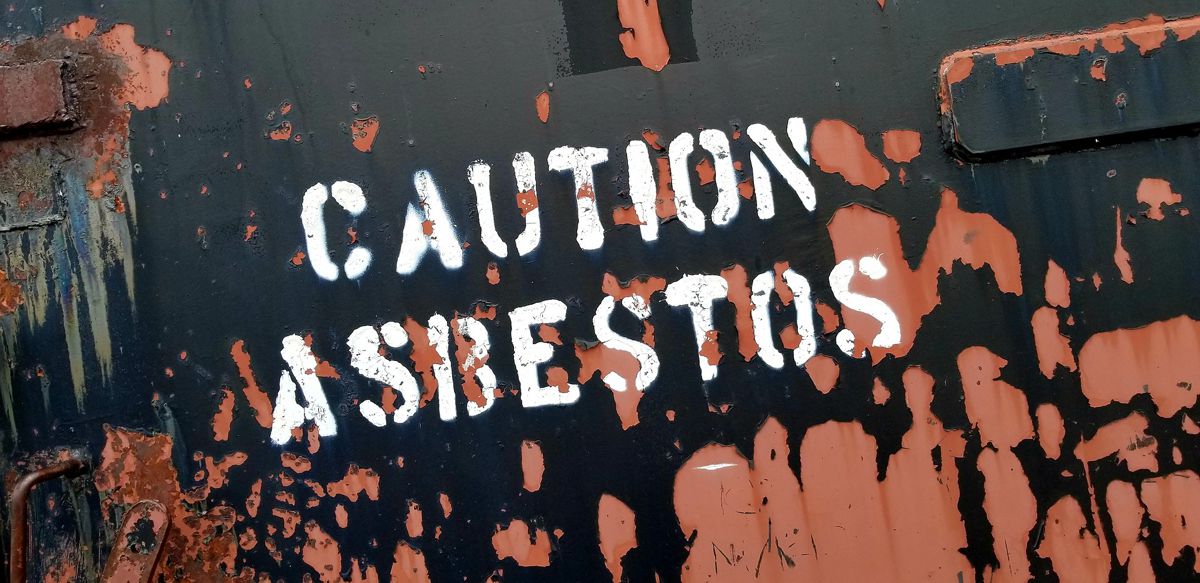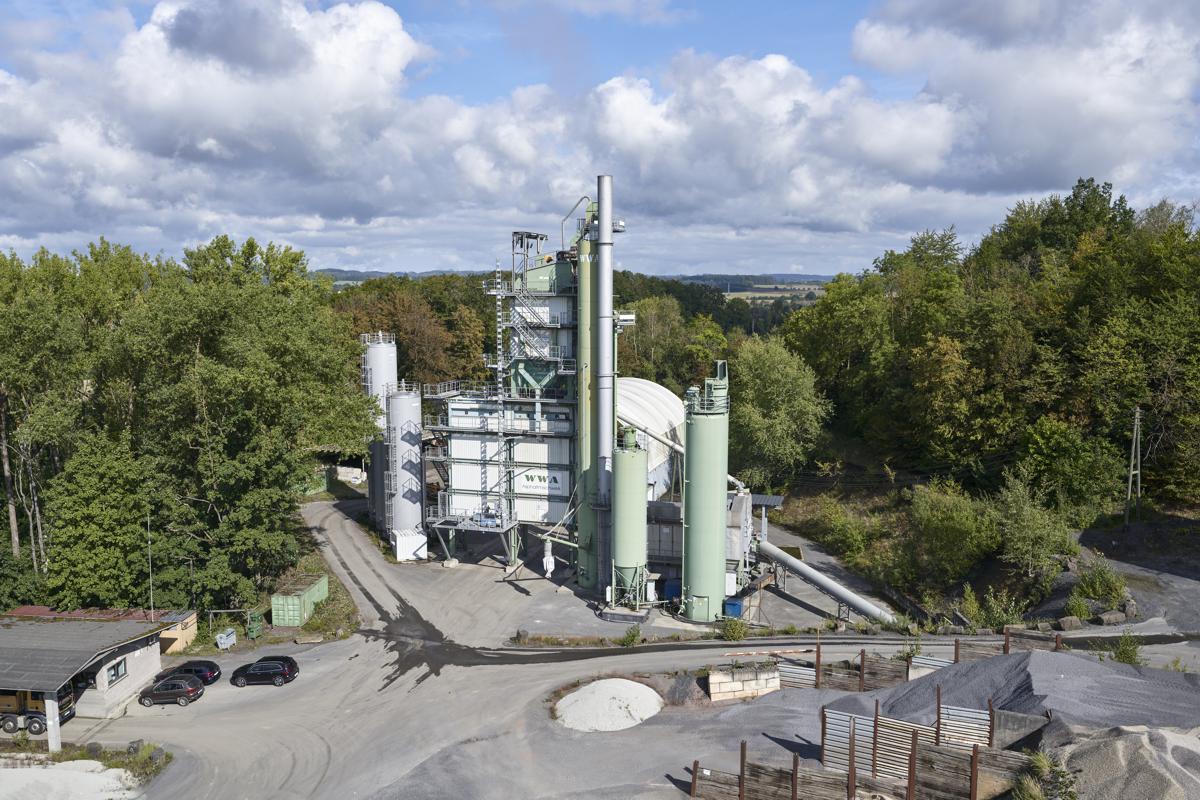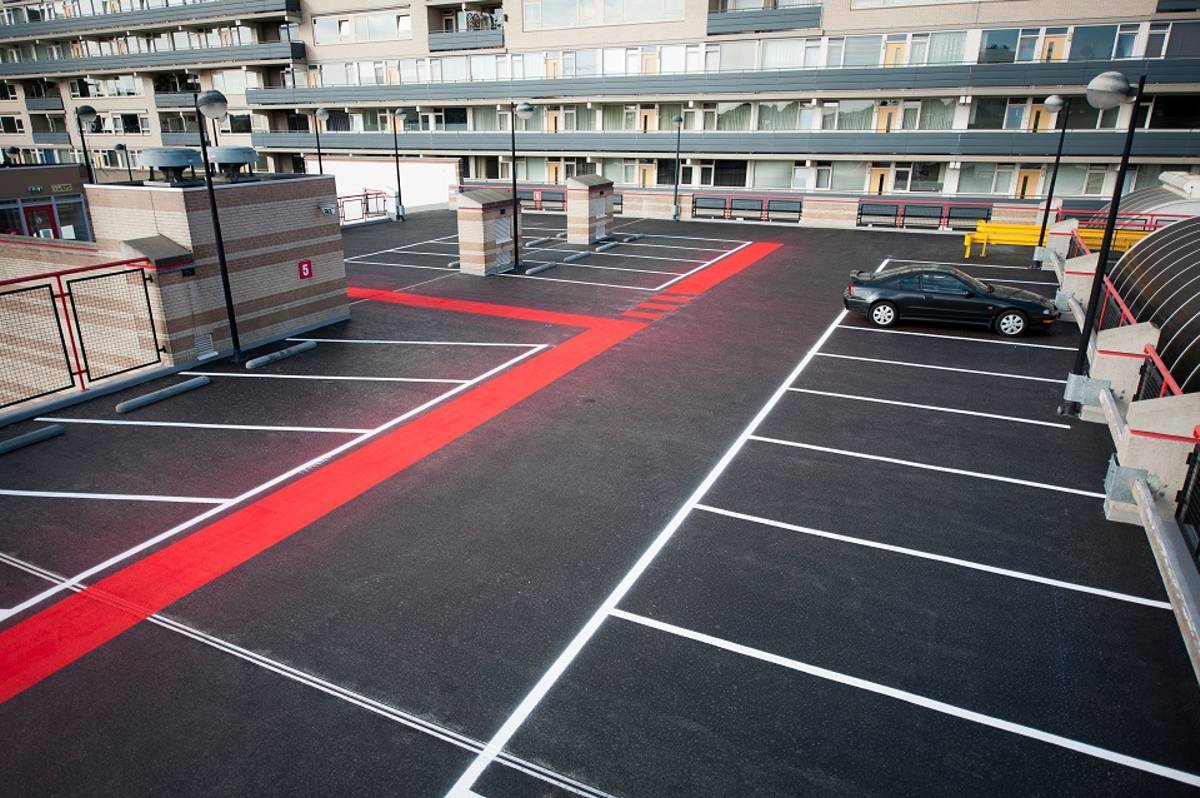Exploring Asbestos Management in the UK
The Control of Asbestos Regulations (CAR) came into force in 2012, updating and replacing the previous 2006 law. They contain requirements for work with asbestos, as well as information on the notification of work, designating areas where you are working on asbestos, medical surveillance, record keeping and ongoing awareness training.
In November 2019 think tank ResPublica, produced their report ‘Don’t Breathe In: Bridging the Asbestos Safety Gap’, which set out key areas where the UK falls behind the European counterparts in our asbestos risk management legislation.
This report prompted the UK government to launch an inquiry into the HSE’s approach to asbestos management in the UK. The Department for Work and Pensions (DWP) carried out the inquiry and issued a report outlining their findings and recommendations.
ATaC and NORAC Report
More recently, during 2022 both ATaC and NORAC joined forces to collate and rationalise data that had been collected by their members between October 2021 and March 2022. Over one million lines of data were analysed with the resulting report ‘The First Annual Data Analysis Report Into Asbestos In UK Buildings’ summarised key findings in connection with the current extent and condition of asbestos within UK buildings.
The ATaC/NORAC report outlined the following, which was put forward as evidence that the management of asbestos in the UK may require improvement:
- Of the 128,761 buildings inspected, 100,660 (78%) were found to contain asbestos
- Within those 100,660 buildings, 710,433 items of asbestos were found
- Out of the 710,433 items of asbestos, 507,612 (71%) were recorded as having some level of damage
- Of the 507,612 damaged items, 120,629 (24%) would be classed as “licensable” work and require a specialist contractor.
No one is yet sure if the present activity and lobbying will see a change to regulatory requirements, the Government/HSE response to the DWP Inquiry suggests that this is probably unlikely in the short term. However, there is an increasing weight of evidence to suggest that in some situations, a more proactive approach to asbestos management may be beneficial in reducing the risk further.

Usage of Asbestos
The importation, supply and use of asbestos was banned back in 1999, the UK continues to experience challenges when it comes to managing asbestos within buildings. Asbestos is the single largest cause of work-related fatalities in the UK, the presence of asbestos continues to pose a threat to the general public, with an average of 5,500 people a year dying of asbestos-related diseases.
Despite the nationwide ban (Nov 1999), vast quantities of asbestos remain present inside public and private buildings. Six million tonnes of raw asbestos were imported into the UK, which translates to many more millions of tonnes of asbestos products when considering the fact that it is mixed with other materials. For example, asbestos cement is typically 15-40% asbestos content. It is estimated that asbestos containing materials can be found in over 1.5m UK buildings, including public spaces, such as hospitals and schools.
Those individuals and organisations in charge of non-domestic buildings in the UK, have a legal responsibility as set out within CAR 2012. This is to limit the health risks posed by asbestos-containing materials (ACMs). Current UK policy states that if asbestos is in a good condition and unlikely to be disturbed then it is not considered a significant health risk, as long as it remains properly managed.
EU exposure levels effect on the UK
On September 28 2022, the European Commission released protocols in line with addressing the ongoing asbestos epidemic. In 2019, there were 70,000 deaths relating to asbestos in the EU – the approach discussed included a package of measures to improve communication, medical treatment and the removal/disposal of toxic waste, along with lowering the occupational exposure limit to asbestos.
In October 2021, the European Parliament voted for a new asbestos occupational exposure limit of 0.001 f/cm ³, however the 2022 proposal will only impose a limit of 0.01f/cm ³ once ratified, which is still ten times lower than the UK’s control limit. The new lower limit would bring all EU member states in line with lower limits currently in place in the Netherlands, France, Denmark and Germany.
With the UK’s exit from the European Union, the above changes will not directly affect legislation in the UK, however, asbestos professionals and lobbyist will remain interested in these developments on the continent, as they may provide further support for the case of UK based changes to asbestos management protocol.

SOCOTEC can help
SOCOTEC’s Asbestos team is on hand to ensure that your organisation is fully compliant when it comes to asbestos management. From air monitoring and project management to surveys and material identification, They offer a range of services to reduce the level of risk that asbestos poses on your premises.
Join SOCOTEC for their next Expert Webinar – Asbestos Management: are we doing enough? The webinar will take place on Wednesday 26 April at 11am. Click here to register your interest.














